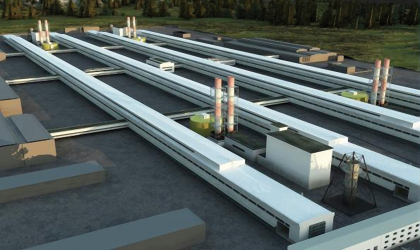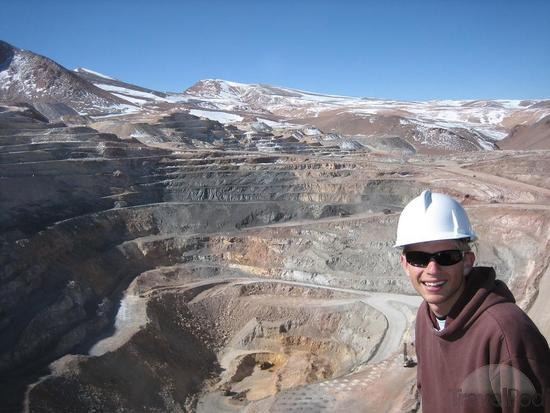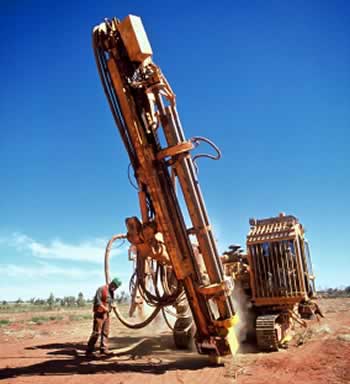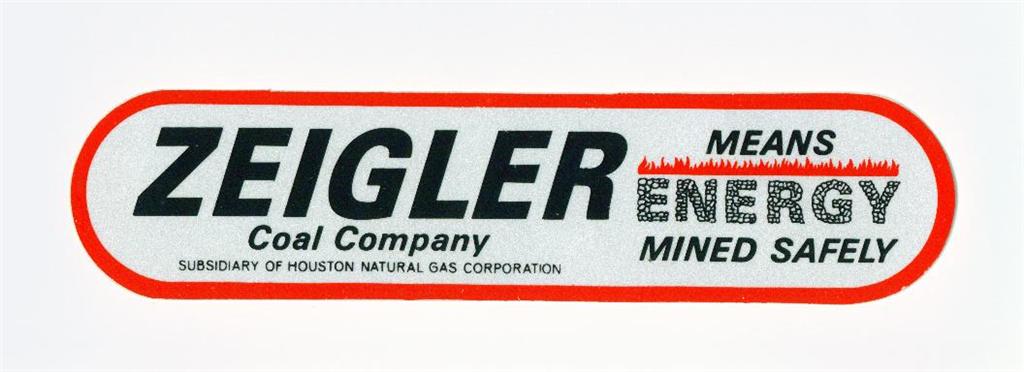Bedford Colliery
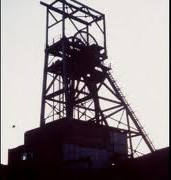
Company Location
Company Description
Bedford was a rural community until the arrival of the Bridgewater Canal; a large basin built at Butts in 1795 proved to be a catalyst for the development of industry in the township. Coal however had been got from small pits in the northeast of the township.Wood End Farm was an area of Bedford with many old small coal pits including Milners Pit which was working in 1853.
Bedford Colliery was a coal mine located in the East Midlands of England. The mine was first established in the late 1800s and operated for over a century before it was closed in the late 1980s. The colliery was located in the village of Bedford, Nottinghamshire, and was part of the larger Nottinghamshire Coalfield.
The coal seam at Bedford Colliery was relatively shallow and the mine was mainly worked from surface mines. The coal was mainly used for domestic and industrial purposes, such as powering the local railway line. The mine employed hundreds of miners over the years, and was a major employer in the local area.
The colliery was equipped with a number of modern facilities, such as a winding engine, a coal screening plant, a coal washing plant, and a coal storage facility. The mine also had its own railway sidings, which allowed coal to be transported to other locations.
The mine was closed in the late 1980s due to a decline in coal production, and the colliery was eventually demolished in the 1990s. The site is now a nature reserve, with a number of trails and footpaths running through the area.
Bedford Colliery was an important part of the local economy for many years, and its closure had a significant impact on the local community. It was a place of employment for many people, and its closure was a major blow to the local economy. The colliery also played an important role in the history of Nottinghamshire, and its legacy continues to be remembered today.
Related Companies:



